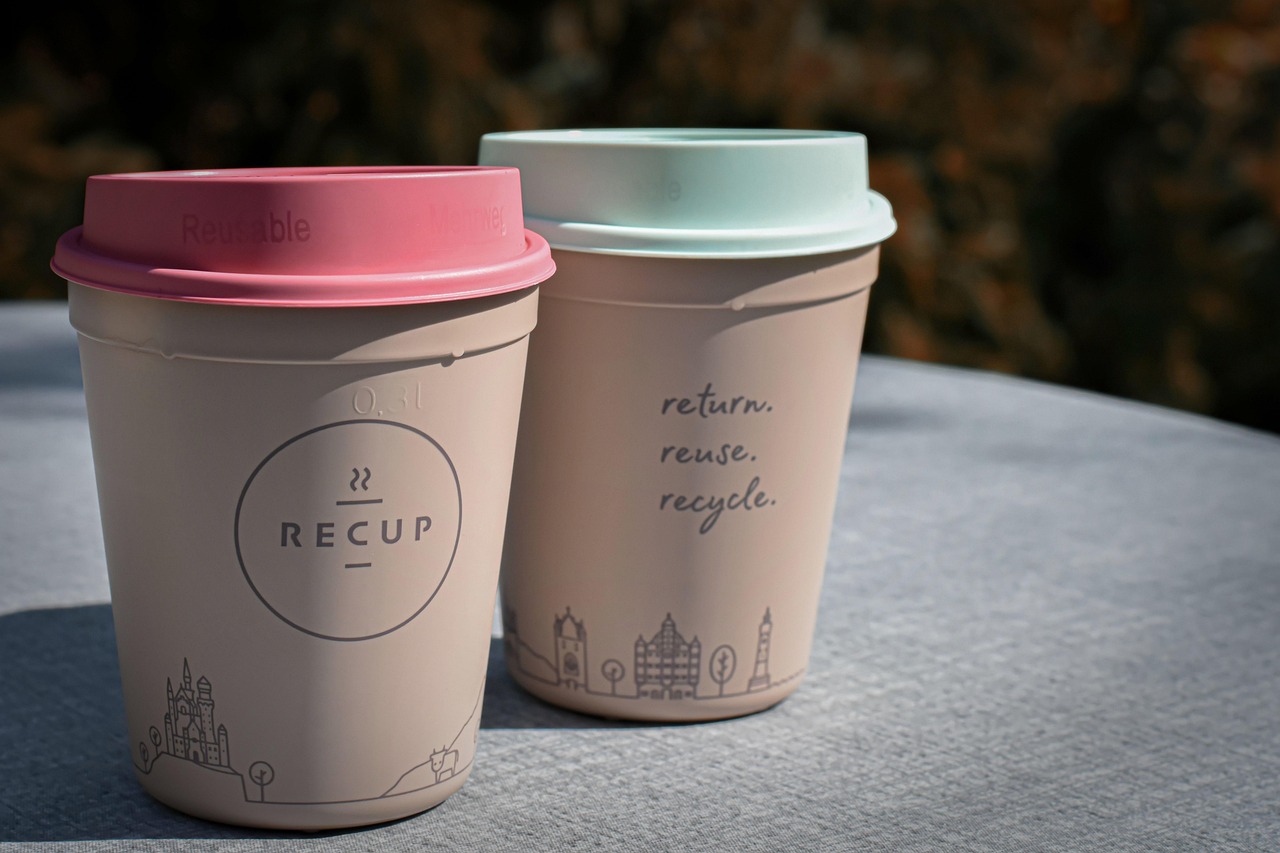The circular economy is a concept that has been gaining more attention over the last two decades as we became increasingly aware of the challenge of moving away from the ‘take-make-dispose’ economy we currently live in that has been the cause of global warming. This destroys our environment and creates waste and both cause greenhouse emissions.
Throughout history, people have destroyed the environment for farming and to create habitats. Deforestation is nothing new and it has been happening for thousands of years. However, as the capitalism started to be adopted from the 1800s, we started producing, trading and consuming more at a much faster rate. This led to greater wealth and improved lives but also more reliance on land to produce more and more. The idea of ‘economic growth’ spread globally since the adoption of capitalism and the aspiration to live wealthier lives became government policy everywhere. More production led to more consumption led to more destruction of ecosystems globally and waste. The pace that it has happened throughout the 20th century has happened at an alarming rate. The impact this has had on greenhouse gas emissions and climate change are alarming.
It has become clearer to economists, scientists and policy makers all over the world that the resources of the world are finite, and we have not considered enough the ecological limits of our world economy. What lifestyles are possible for us to live when the world has only so many resources?
One solution that has gained popularity internationally as a way of marrying our aspirations for a good life whilst maintaining our ecological system is promoting the circular economy. In a circular economy, resources taken from the environment would keep on circulating resources for multiple uses before returning to the environment. This would mimic our ecological system in the sense that ecosystem produces without making any waste and does not reduce resources. Think of a tree…a tree grows leaves, flowers and fruit. These fall to the ground and either eaten by animals or rot and become nutrients for the soil, which in turn helps the tree to grow again. The tree produces and consumes without creating any waste. In an in circular economy, this is how we would be using resources to produce and consume. This would mean changing our ‘take-make-dispose’ economy and replace it by reusing, recycling and recovering resources in our production-consumption cycle.
How can we incorporate the circular economy in our life?
…eating and drinking
When it comes to eating a drinking, the most important things to remember from a circular economy perspective is the packaging and food waste. When shopping for food, buy loose fruits and vegetables to avoid packaging. When you are eating at home, there are a few ways to reduce your food waste. There are easy ways to compost food waste, such as a hot composter which quickly turns food waste into compost using heat or you can avoid buying too much food that you end up putting in the bin. If you are going out, there are things you can refuse to use single use items such as bottles, cups and straws and have your own reusable ones.
…clothing
Clothing is a big problem for the planet as most textiles are not recycled. Making use of the circular economy in your wardrobe not only saves the planet but also saves you money as well. Make use of renting options on the internet. There are many companies that rent clothes for special occasions, even Harrods! There are increasing amounts of options to rent out baby and children’s clothes. Think about how much you need to wear an item of clothing. If you only need occasionally, it is better to think of a renting option. A widely shared statistic about our wardrobe states we wear 20% of our wardrobe 80% of the time. A good way to engage with the circular economy when it comes to your wardrobe is to make use of vintage shops and charity shops. You can widen your wardrobe at a lower cost. When you want throw clothes away, there are other options than just throwing it in the bin. There are charity shops that will take most usable clothing. There are now services which collect clothes from your door to distribute to charities.
…travelling
The circular economy emphasises sharing and reusing. In transport, this means we should make the most of public transport, cycling and car renting. Apparently, cars are stationary for 90% of their lifetime. Therefore, carpooling or renting cars makes a lot of sense as well as being good for our budget.

Leave a Reply